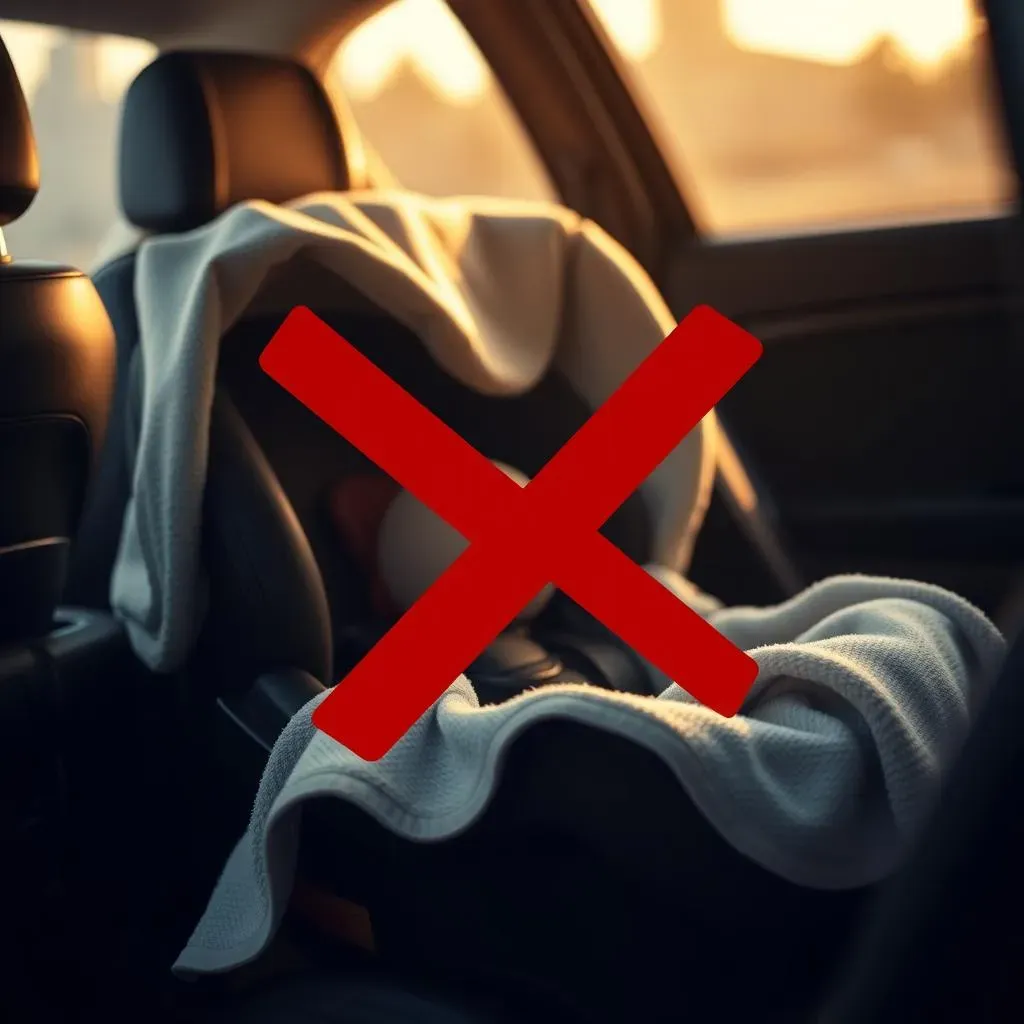Table of Contents
As parents, we're always looking for ways to keep our little ones safe and comfortable, especially in the car. But sometimes, our good intentions can lead us down a risky path. You might be wondering, can a towel over baby car seat be harmful? It's a common question, especially during hot summer months when we're trying to shield our babies from the sun's harsh rays. While it seems like a simple solution, draping a towel over a car seat can actually create a dangerous situation. This article will delve into the potential risks associated with using towels or aftermarket covers on car seats, exploring how they can compromise the seat's safety features and even lead to overheating. We'll also provide you with safe and effective alternatives to keep your baby cool and protected while on the road. So, buckle up and let's explore how to prioritize your child's safety without sacrificing their comfort.
Understanding the Risks: Why a Towel Over Baby Car Seat Can Be Harmful
Understanding the Risks: Why a Towel Over Baby Car Seat Can Be Harmful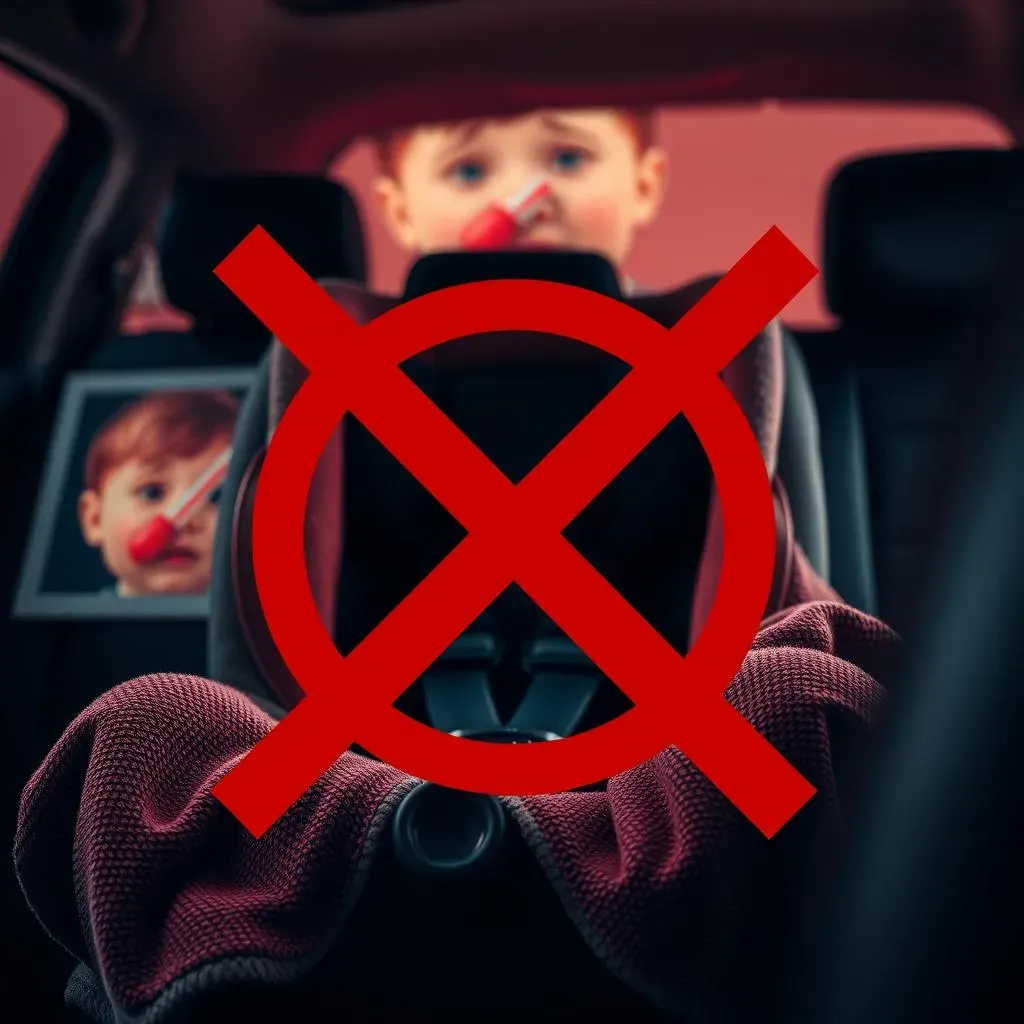
let's dive into why tossing a towel over that car seat, while seemingly innocent, can be a real no-no. The big issue boils down to safety and temperature. Car seats are designed and rigorously tested to perform in a specific way during a crash. When you add a towel, you're essentially introducing an uncontrolled variable. That towel can interfere with the harness system, preventing it from properly securing your child. It might compress in certain areas, creating slack, or even slip, leaving your little one more vulnerable in an accident. It's like messing with the blueprint of a carefully engineered safety device.
Beyond the crash scenario, there's the risk of overheating. A towel can trap heat inside the car seat, creating a mini-oven effect, especially on a sunny day. Babies are particularly susceptible to overheating because their bodies don't regulate temperature as efficiently as adults. This can quickly lead to heatstroke, which is a serious and potentially life-threatening condition. It's a double whammy – compromised safety and a dangerous thermal environment.
Think of it this way: imagine baking a cake and then deciding to change the ingredients halfway through. You wouldn't expect the cake to turn out the same, right? Similarly, you can't expect a car seat to perform as intended if you're altering its design with a towel. Always prioritize the manufacturer's guidelines and avoid any modifications that could compromise your child's safety.
Risk | Description | Potential Consequence |
|---|---|---|
Harness Interference | Towel adds bulk and can prevent proper harness tightening. | Child not securely fastened; increased risk of injury in a crash. |
Overheating | Towel traps heat, creating a hot environment inside the car seat. | Heatstroke, dehydration, discomfort. |
Car Seat Safety 101: Key Guidelines to Protect Your Child
Car Seat Safety 101: Key Guidelines to Protect Your Child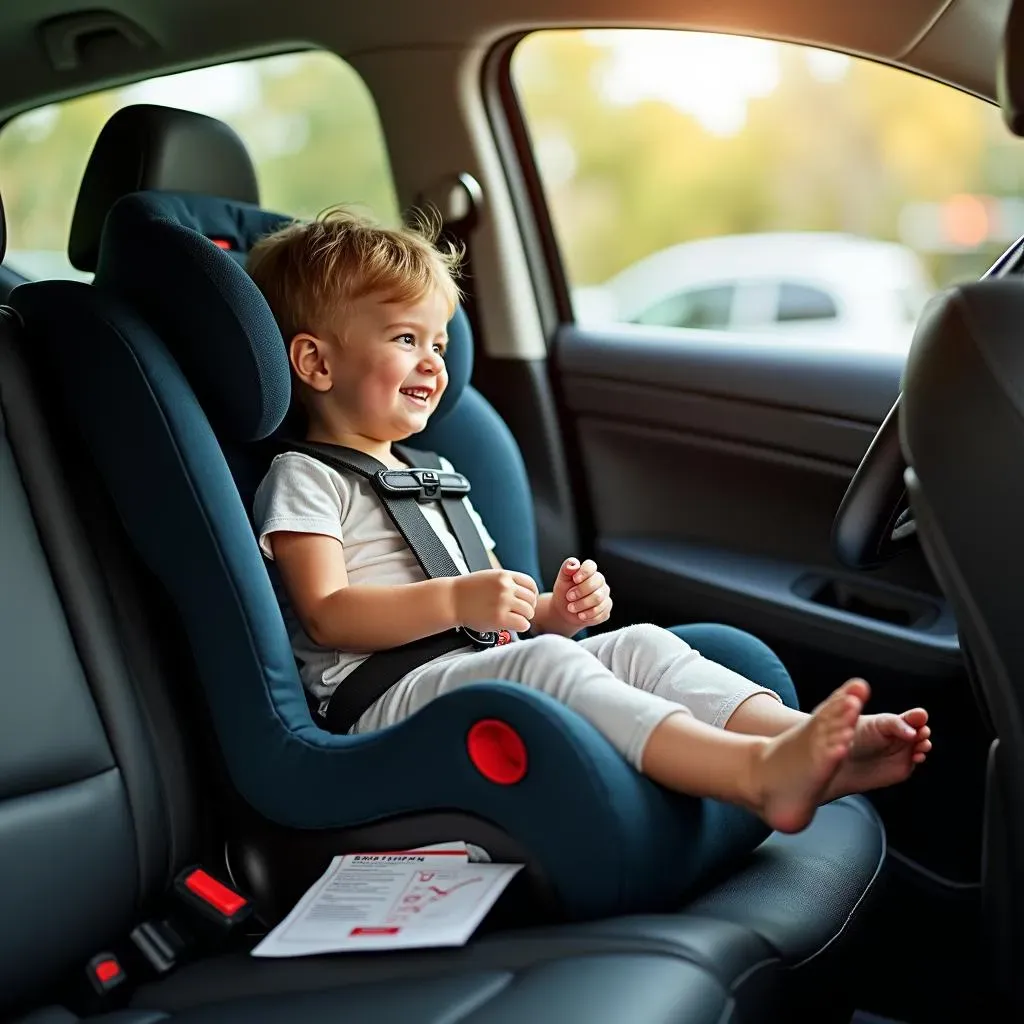
Alright, so you're diving into the world of car seat safety? Awesome! It can seem overwhelming at first, but breaking it down into simple guidelines makes it way easier. First off, always, always, always read the car seat's instruction manual. I know, it's tempting to just wing it, but each car seat is different, and the manual is your bible for proper installation and usage. Make sure you're using the right car seat for your child's age, weight, and height. There are different types of seats – rear-facing, forward-facing, and booster seats – and using the appropriate one is crucial for their safety. Also, double-check the expiration date on your car seat. Yes, they expire! The plastic can degrade over time, making them less effective in a crash. Trust me, these steps are non-negotiable for your kiddo's well-being.
Proper installation is another biggie. A wobbly car seat is a dangerous car seat. Use either the LATCH system (Lower Anchors and Tethers for Children) or the seatbelt to secure the car seat tightly. If you're using the seatbelt, make sure it's locked properly. You should not be able to move the car seat more than an inch in any direction. And those harness straps? They need to be snug, fitting flat against your child's chest. You should be able to fit no more than one finger under the strap at the collarbone. These steps might seem tedious, but they can make all the difference in protecting your child in case of an accident.
Finally, never leave your child unattended in a car, even for a minute. Temperatures inside a car can rise rapidly, even on a mild day, leading to heatstroke or even death. Always double-check the back seat before locking your car. It's a simple habit that can save lives. By following these key guidelines, you're setting your child up for the safest possible ride, every time.
Guideline | Description | Importance |
|---|---|---|
Read the Manual | Familiarize yourself with the car seat's specific instructions. | Ensures correct installation and usage. |
Age, Weight, Height | Use the appropriate car seat for your child's size and age. | Provides optimal protection for their developmental stage. |
Proper Installation | Secure the car seat tightly using LATCH or seatbelt. | Prevents movement during a crash. |
Harness Straps | Ensure straps are snug and properly positioned. | Keeps the child securely in the seat. |
Never Leave Unattended | Always take your child with you when exiting the vehicle. | Prevents heatstroke and other dangers. |
The Dangers of Aftermarket Products: Are Car Seat Covers and Towels Safe?
The Dangers of Aftermarket Products: Are Car Seat Covers and Towels Safe?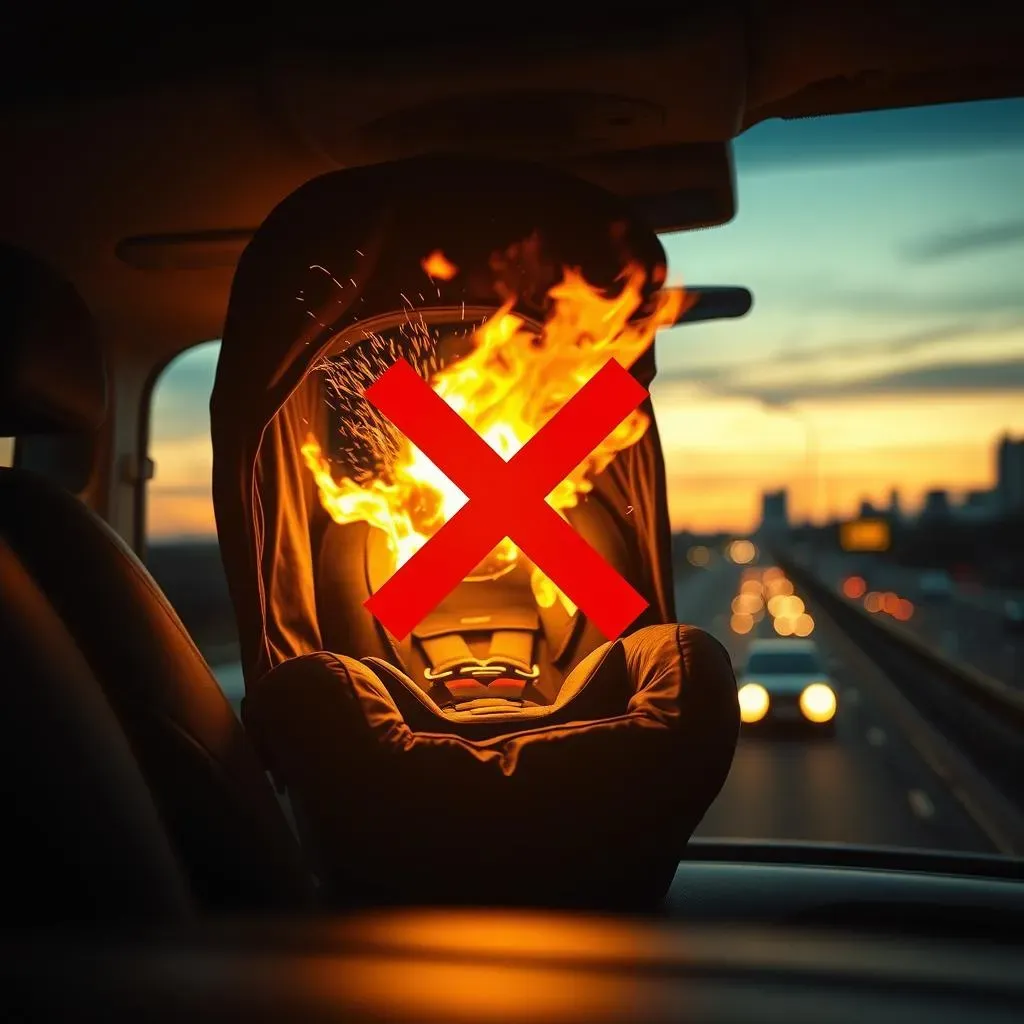
So, let's talk aftermarket products, specifically car seat covers and those tempting little sunshades. These products sound great in theory – extra padding, protection from spills, and a cooler ride for your baby. But here's the deal: most aftermarket products haven't been crash-tested with your specific car seat model. Car seat manufacturers design and test their seats as a complete unit. When you add something that wasn't part of that original design, you're potentially altering how the seat performs in a crash. That extra padding could compress, changing the way the harness fits. That cute sunshade might block your view of your child, or even become a projectile in an accident. It's a risk not worth taking.
The same goes for those non-approved car seat covers. While they might seem like a convenient way to keep your car seat clean, they can interfere with the car seat's safety features. Some covers are too thick, preventing the harness from tightening properly. Others might contain materials that are not flame-retardant, posing a fire hazard. And let's not forget about the potential for overheating. Many aftermarket covers are made from materials that don't breathe well, trapping heat and creating a dangerous environment for your baby. It's always best to stick with products that have been specifically tested and approved for use with your car seat model. When in doubt, check with the car seat manufacturer or a certified car seat technician. They can provide guidance on safe and appropriate accessories.
Aftermarket Product | Potential Risk | Why It's Risky |
|---|---|---|
Car Seat Covers (Non-Approved) | Harness Interference, Overheating, Fire Hazard | Can alter harness fit, trap heat, and contain flammable materials. |
Aftermarket Sunshades | Obstructed View, Projectile Hazard | Can block view of child and become a projectile in a crash. |
Extra Padding/Inserts | Harness Interference, Compression | Can compress during a crash, changing harness fit. |
Safe Alternatives: How to Keep Your Baby Cool and Protected in the Car
Safe Alternatives: How to Keep Your Baby Cool and Protected in the Car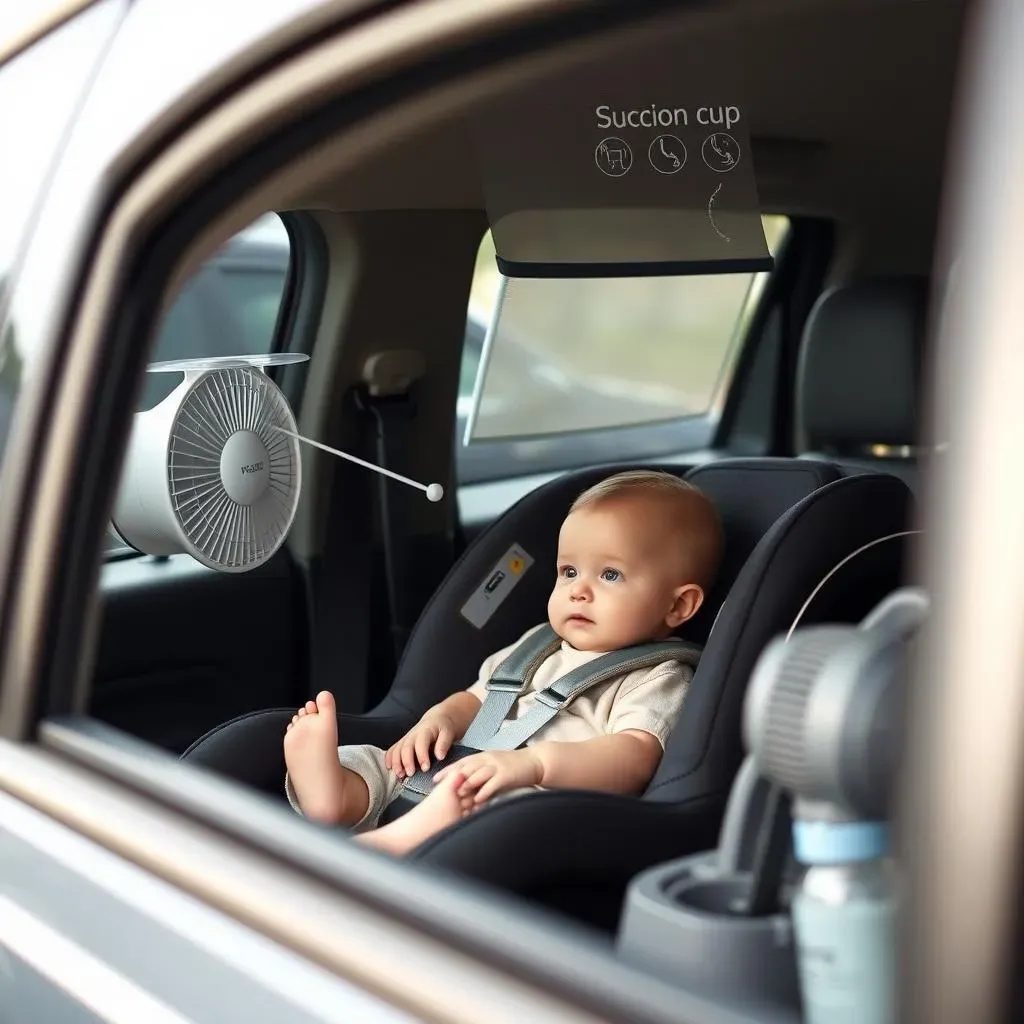
so ditching the towel is a must, but how do you actually keep your little one cool and protected from the sun? First off, think about window shades. But not just any shades! Opt for the ones that attach with suction cups rather than stretchy ones that cover the whole window frame. These allow you to roll down the window if needed and won't become a projectile in an accident. Another trick is to pre-cool your car before you even put your baby in it. Blast the AC for a few minutes to get the temperature down. You can also use a car seat fan that's specifically designed to circulate air around your baby. Just make sure it's securely attached and won't pose a hazard. And remember, dress your baby in lightweight, breathable clothing. Dark colors absorb heat, so stick with light shades and natural fabrics like cotton.
Another option is to use a stroller fan when you're out and about. These little fans clip onto the stroller and provide a gentle breeze to keep your baby cool. You can also dampen a washcloth with cool water and gently dab it on your baby's skin. This can help to lower their body temperature. And of course, always offer your baby plenty of fluids. Breast milk or formula is best for infants, while older babies can have water or diluted juice. By using these safe and effective alternatives, you can keep your baby comfortable and protected without compromising their safety. Remember, a happy baby makes for a happy ride!
Safe Alternative | Description | Benefits |
|---|---|---|
Suction Cup Window Shades | Shades that attach to the window with suction cups. | Blocks sunlight without obstructing the view or becoming a projectile. |
Pre-Cooling the Car | Running the AC before putting the baby in the car. | Lowers the temperature inside the car seat. |
Car Seat Fan (Approved) | A fan designed to circulate air around the baby. | Keeps the baby cool and comfortable. |
Lightweight Clothing | Dressing the baby in light-colored, breathable fabrics. | Prevents overheating. |
Stroller Fan | A fan that clips onto the stroller. | Provides a gentle breeze when out and about. |
Expert Advice: Ensuring Car Seat Safety and Avoiding Potential Hazards
Expert Advice: Ensuring Car Seat Safety and Avoiding Potential Hazards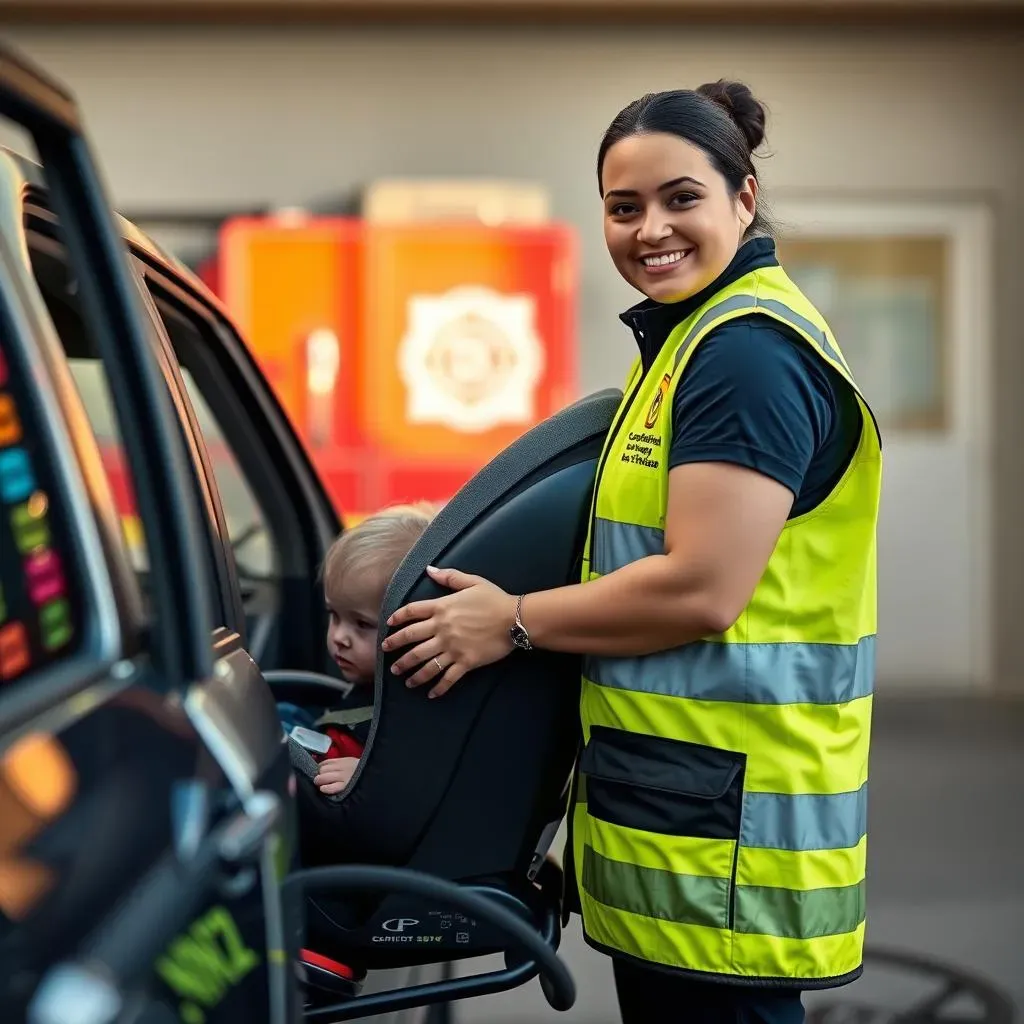
Consulting the Experts: Certified Technicians
Want to be absolutely sure your car seat is installed correctly? Seek out a certified Child Passenger Safety Technician (CPST). These folks are trained to help parents and caregivers install car seats properly. They can check your installation, teach you how to use the seat correctly, and answer any questions you have. Many local fire departments, hospitals, and community organizations offer free car seat checks. You can also find a certified technician near you by visiting the Safe Kids Worldwide website. It's like having a car seat guru at your service, ensuring your little one is as safe as possible.
Think of it as a proactive measure, just like getting your car serviced regularly. A CPST can spot potential issues you might miss, like incorrect belt routing or a loose LATCH connection. They can also provide guidance on choosing the right car seat for your child's age, weight, and height. It's an investment in your child's safety that pays off big time. Plus, it'll give you peace of mind knowing you've done everything you can to protect your precious cargo.
Staying Informed: Recalls and Updates
Car seat safety isn't a one-and-done deal; it's an ongoing process. Car seat manufacturers sometimes issue recalls for various reasons, such as defects in materials or design flaws. To stay in the loop, register your car seat with the manufacturer. This way, you'll be notified directly if there's a recall. You can also sign up for email alerts from the National Highway Traffic Safety Administration (NHTSA). These alerts will keep you informed about any safety issues or recalls related to car seats. It's like having a safety watchdog looking out for your child.
Also, car seat technology and recommendations evolve over time. What was considered safe a few years ago might not be the best practice today. Stay updated on the latest guidelines and recommendations from organizations like the American Academy of Pediatrics (AAP) and NHTSA. They regularly publish updated information on car seat safety. By staying informed, you can ensure you're using the safest and most effective methods to protect your child while traveling. It's all about being a proactive and informed parent, always striving to provide the best possible protection for your little one.
Action | Description | Benefits |
|---|---|---|
Register Car Seat | Register your car seat with the manufacturer. | Receive recall notifications directly. |
NHTSA Email Alerts | Sign up for email alerts from NHTSA. | Stay informed about car seat recalls and safety issues. |
Follow AAP and NHTSA | Stay updated on the latest guidelines from AAP and NHTSA. | Ensure you're following the most current safety recommendations. |
Conclusion: Prioritizing Safety Over Convenience
Ultimately, when it comes to car seat safety, it's always best to err on the side of caution. While the temptation to use a towel or aftermarket cover to shield your baby from the elements may be strong, the potential risks simply aren't worth it. By understanding these dangers and opting for safer alternatives, you can ensure that your child is both comfortable and protected during every car ride. Remember to consult your car seat's manual, seek advice from certified professionals, and always prioritize safety above all else.
